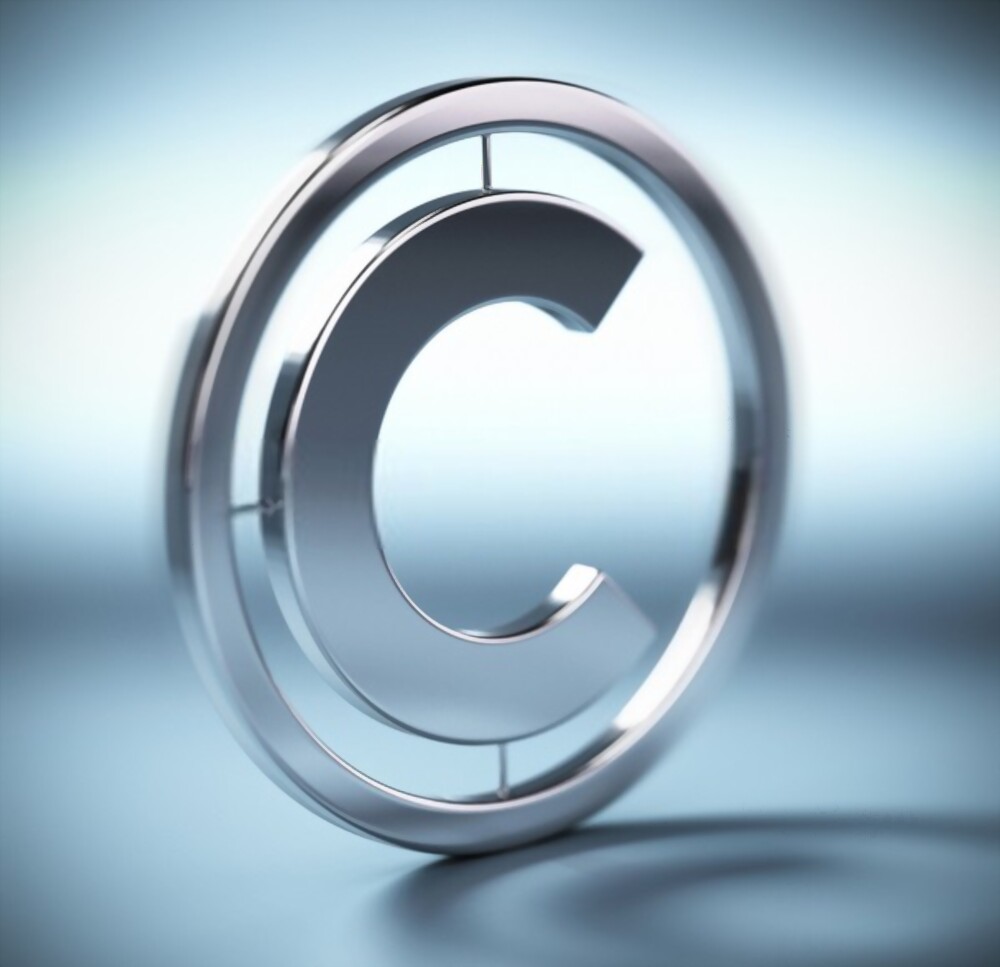
That said, there is still a need to agree on what it means to protect computer programs or software by copyright. Because there are many misunderstandings in this matter.
Article XI.294 of the Code of Economic Law. Which constitutes the transposition of Directive 2009/24, into Belgian law confirms this principle of protection. “Computer programs, including preparatory design material, are protected by copyright and assimilated to literary works within the meaning of the Berne Convention”.
Code of Economic Law
It follows from article 1 of Directive 2009/24 and article XI.294 of the Code of Economic Law that:
- computer programs and software are assimilated to literary works that protected by copyright;
- therefore, only “the text” (corresponding to the literary work) of the computer program or software is copyrightable;
- The protectable “text” of the computer program or software consists of its source code or object code:
- Also they required copyright registration service
Computer programs Law
– Cf. Article 10 (1) of the TRIPS Agreements, according to which. “Computer programs, whether expressed in source code or object code. shall be protected as literary works under the Convention of Bern”;
– See also the judgment of the CJEU, Bezpečnostní softwarová associate. Sivas software corny, C-393/09, points 34-35: “It follows that the source code and the object code of a computer program are forms of expression thereof. Which therefore deserve protection by copyright in computer programs (…) Consequently. The object of the protection conferred by this directive relates to the program of ‘computer in all forms of expression thereof. which allow it to be reproduced in different computer languages, such as source code and object code.
It is therefore the expression of the computer program or software that is copyrightable. The way that computer program or software is written.
To put it another way: what must be taken into account in determining the field of protection of a computer program or software are the lines of code that constitute this program or software. for more check postpear.
Functions Performed by Computer Program
Conversely, the “functionalities” or “functions” performed by the computer program or the software are not copyrightable.
The Court of Justice of the European Union confirmed this in its SAS Institute judgment (C-406/10) (paragraph 39): “On the basis of those considerations, it should be noted that, as regards the elements of a computer program which are the subject of the first to fifth questions, neither the functionality of a computer program nor the programming language and data file format used in a computer program to exploit certain of its functions constitute a form of expression of that program within the meaning of Article 1 set , paragraph 2 of Directive 91/250. ”.
It is still necessary to understand why such functionalities are not eligible for protection. In reality, the exclusion of functionalities from the scope of copyright protection is easily understood: functionalities are only ideas. However, the philosophy of copyright is not to give anyone a monopoly on simple ideas. The Court of Justice recalls this principle in paragraph 40 of its above-mentioned SAS Institute judgment: to admit that the functionality of a computer program can be protected by copyright would mean offering the possibility of monopolizing ideas, to the detriment of technical progress and industrial development”.
Conclusions Related to Copyright
In his conclusions taken on the occasion of this SAS Institute case (paragraph 54). Advocate General Bot gives a very enlightening example as to the reasons why protecting functionalities is not admissible. “Let’s take a concrete example. When a programmer decides to develop an airline ticket reservation computer program. There will be a multitude of features in that software that are required for that reservation. Indeed, the computer program must. Successively, be able to find the flight sought by the user. Check the available seats, reserve the seat, record the user’s contact details. Take into account the online payment data. And, finally, edit the electronic ticket of this user. All these functionalities, these actions are dictated by a very precise and limited object. In this, they are therefore akin to an idea. Therefore, there may be computer programs offering the same functionalities”.
It is therefore precisely to prevent someone from monopolizing the concepts of “online ticket booking”, “checking available seats”, “booking a seat”, “registering customer details”, etc. that the features, taken alone or in combination, cannot be protected by copyright.
Summarize
To summarize the above, if a client consults me with a revolutionary music platform project involving features seen nowhere else, I can only answer this:
- Even if you are the first to imagine these features, it is not possible to protect them, as they are, by copyright.
- With regard to these functionalities, the only thing that can be protected at the level of copyright is the way in which they are “written”, and therefore coded;
- And so, in short, if your competitors take “your” functionalities, but they code them in another way, we cannot blame them.
Obviously, other solutions exist to “protect” or “optimize” such a revolutionary project (contractual agreements with potential partners; pioneer privilege associated with strong marketing, etc.), but this is a whole other debate!
Not to mention aspects other than those related to functionalities and software. (brand, domain name, layout, logos, etc.), but this is yet another debate than that of the protection of functionalities.